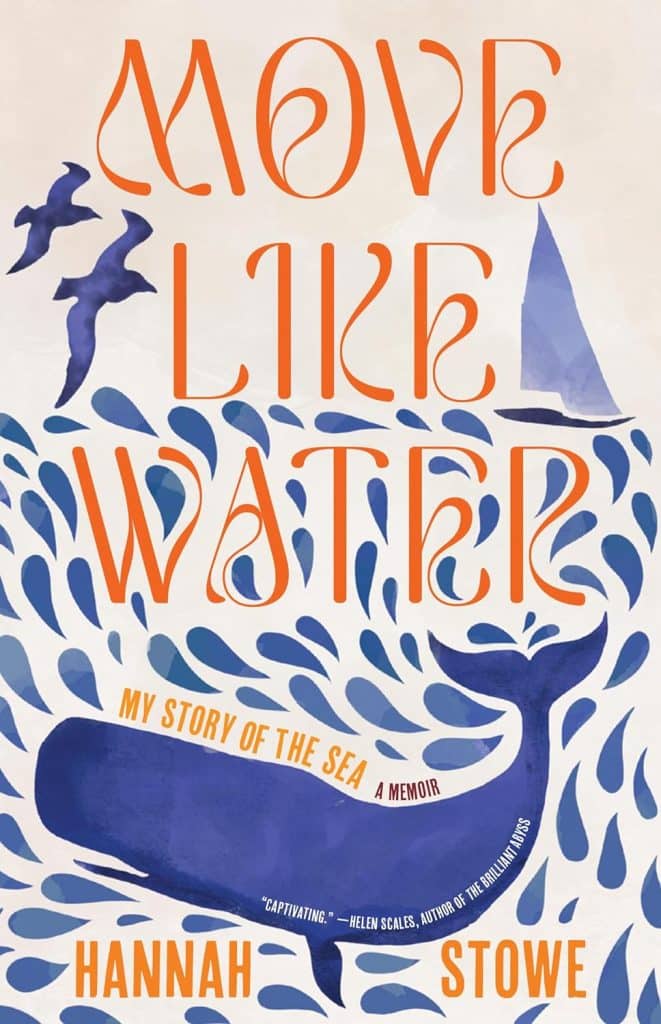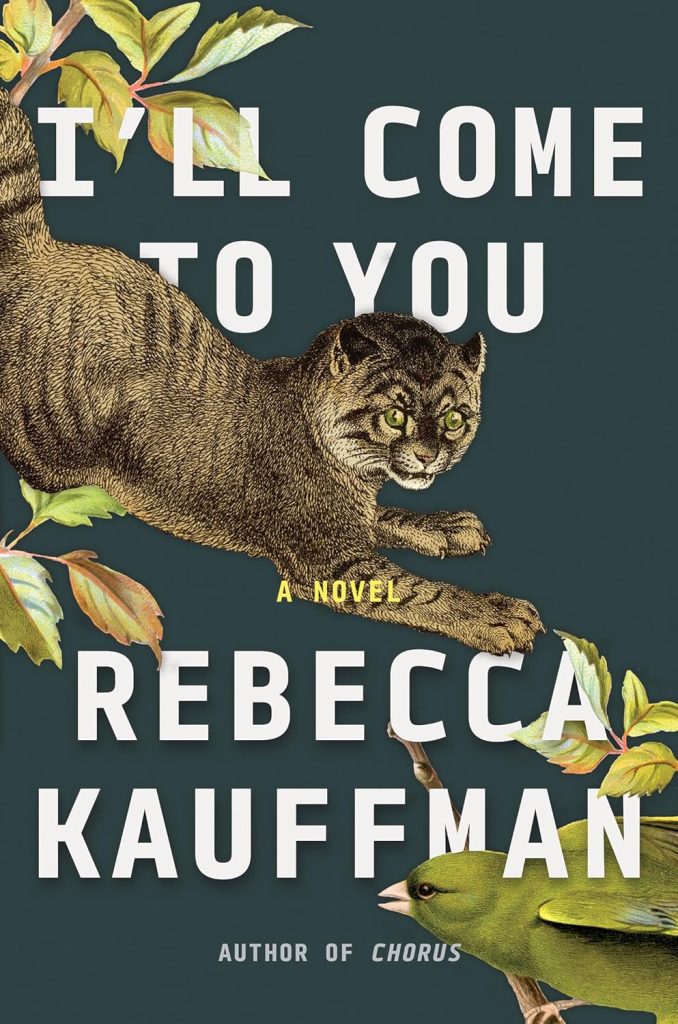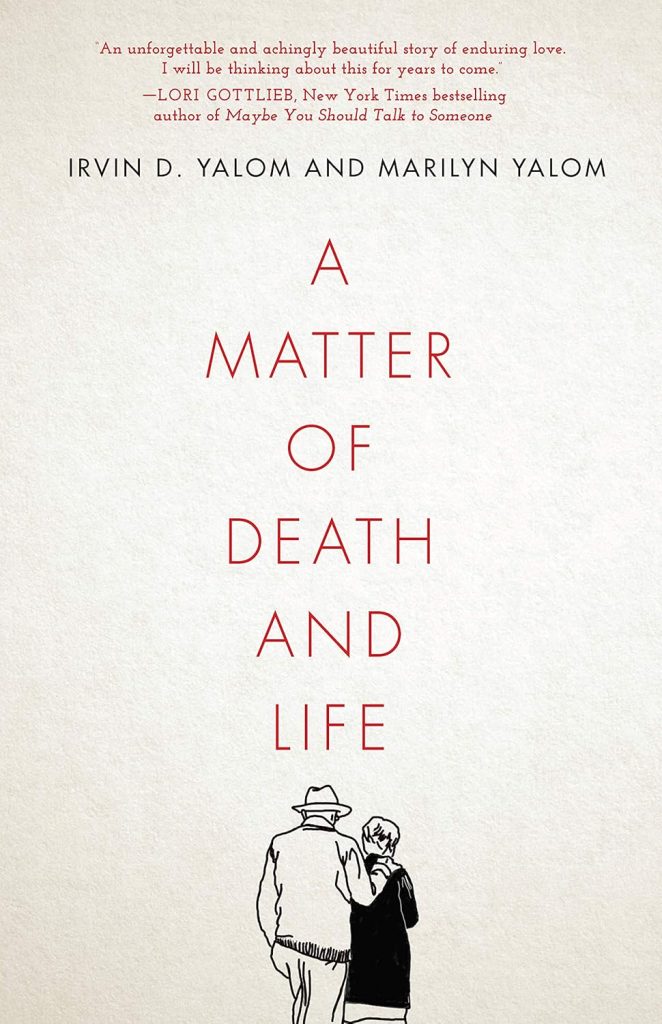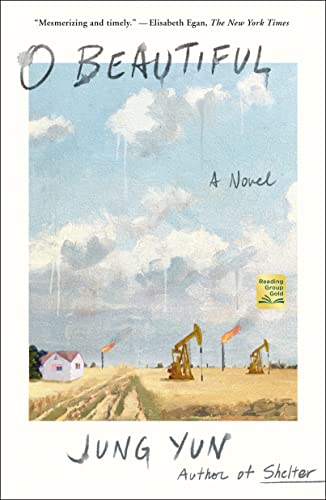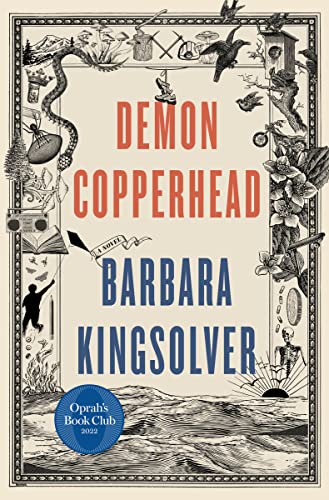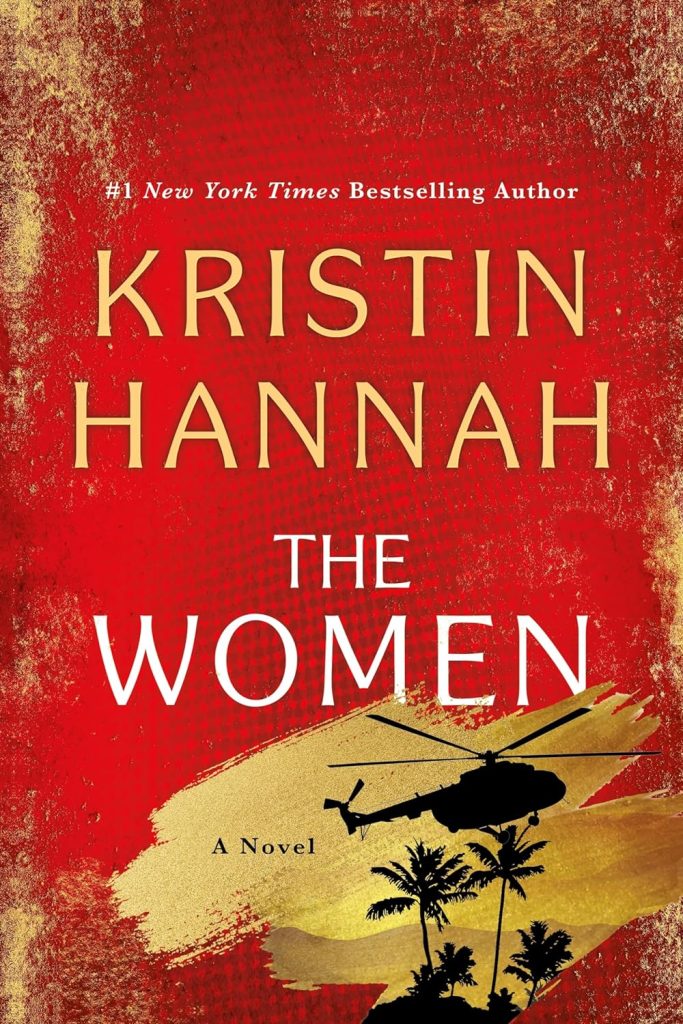Walking for 1097 Days
Estimated reading time: 11 minutes, 15 seconds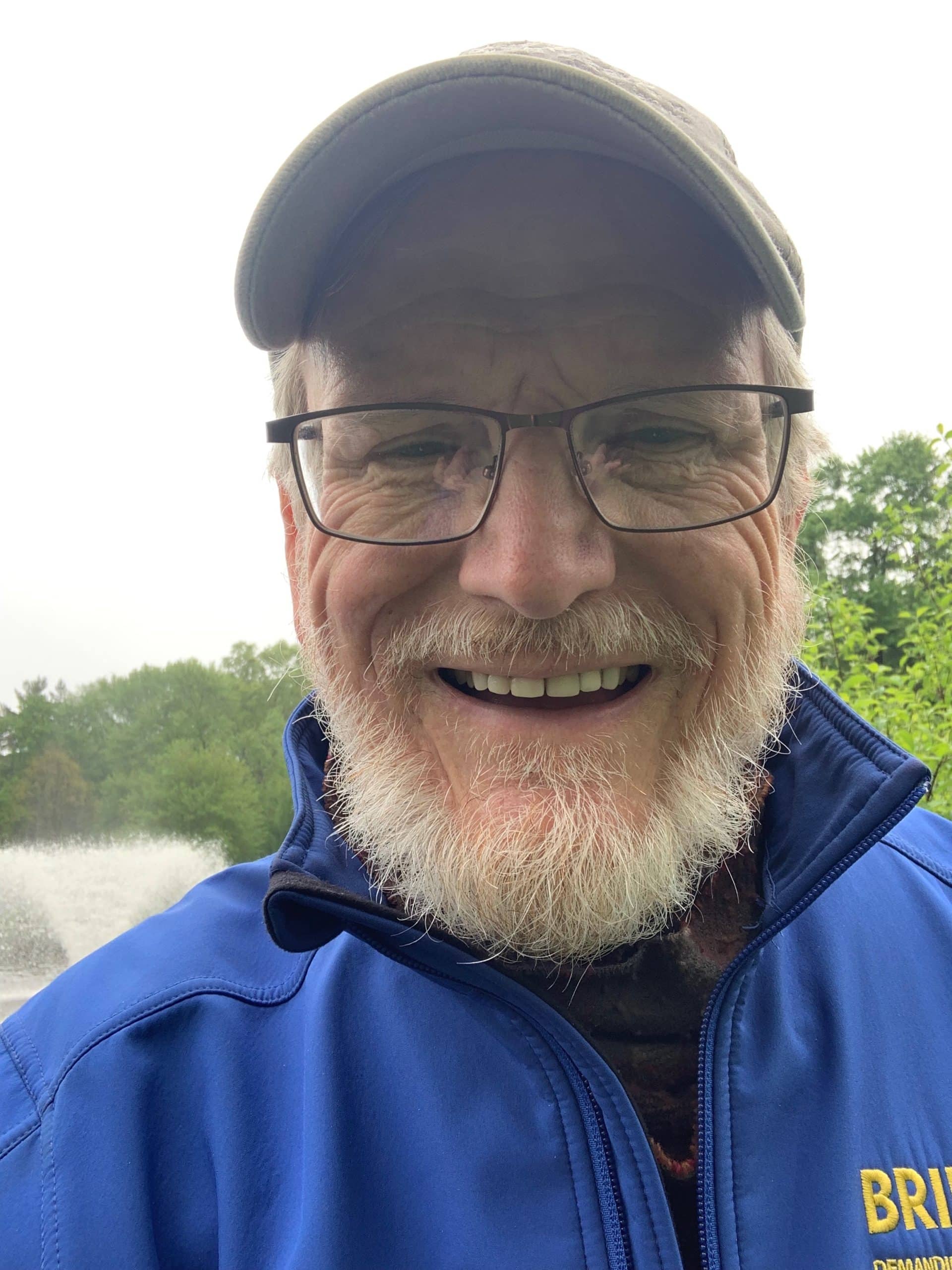
I Am OK Walking Into the
Unknowable Future
I woke up at 5:30 AM this morning, just like my Apple Watch alarm rings daily. As I left bed, my watch greeted me with a friendly “Good Morning, Richard” message. Since I live alone, I responded to my watch and put on my walking clothes. Even though the sky was dark and dismal, the predicted rain did not arrive, and it was dry outside. I’ve been doing this for three years and never let the weather affect my mood.
I went to the kitchen and poured myself a glass of orange juice. I took a vitamin pill and selected a banana and yogurt, which I placed on the table. While waiting for the English muffin to toast, I asked Siri for my morning NPR update. Although I listened to the news in the background, I couldn’t help but think that yesterday marked three years since I buried the love of my life, Jan. Her absence is an unfillable void, and every day without her is a reminder of the life we had together.
After finishing the first phase of breakfast with a banana, muffin, and two spoons of Chobani’s Monterrey Strawberry yogurt, I returned the unfinished juice and yogurt to the refrigerator. I put on my Brooks Ghost shoes and made a mental note to order new ones this week, as I have walked in these since November. Then, I put on three layers to be safe if it feels colder than the 50 degrees the weather app claims. I picked up yesterday’s recycling and headed out for my morning walk.
First Step
I have always enjoyed walking, but it wasn’t until the day after my wife Jan’s funeral that I began a consistent, daily walking routine. That day, I was busy talking to mourners and tapping car windows. Looking back, I realize this was the turning point that started my three-year walking journey on May 6, 2021.
After completing The Big Climb, my friend Hugo asked me where I found the strength to keep up my daily walks. I told him that I would choose to walk over driving any day. But why do I walk, even on rainy or snowy days? I don’t have an answer. I could make up a story, but the truth is that the reason still eludes me.
Three years ago, I explained to Hugo that I woke up feeling tired and tempted to sleep in until noon. “I’d do the same,” Hugo said. But instead of giving in to that temptation, I went to the bathroom, splashed cold water on my face, and put on my walking shoes. I went for a walk to clear my head. Hugo shook his head, and I knew most people would have chosen to sleep instead of taking an early morning walk.
The following day, I went for another walk. I told Hugo I didn’t plan to walk daily for three years, but it has become essential to my routine. I asked if he knew about the bumpers they install in bowling alleys to keep the ball out of the gutters. He said yes, he knew about the bumpers, but what did that have to do with my walking? It’s a way to ensure that I stay focused on living my best life as a widow. I need to walk; my other habit is to avoid falling into the gutter. With each step, I get closer to achieving physical, mental, and emotional wellness.
“It’s made a difference,” Hugo said. You look great and are a better person and friend.” I laughed. “Hugo, I’m just an ordinary guy who lost his wife and is trying to be the best version of himself,” I explained. I hope that someday I’ll be able to figure out who I am without Jan. But until then, even though I don’t know what the future holds, I’ll keep listening, embracing it, and walking into it with strength and courage.”
Today’s Morning Walk
I set my Apple Watch to track an outdoor walk as I left the room to take out the recycling and garbage. Though the mist was irritating, I was determined to continue. Walking past my old office, now turned gym, I took in my surroundings, feeling the cool air on my skin and a light mist on my face. Memories of my beloved Jan flooded my mind, but I knew she would want me to keep moving forward.
Turning right, I took the alleyway adjacent to my apartment building. As I approached Alden Street, I saw Karyn, the owner of Keating Physical Therapy. We exchanged pleasantries, and her warm smile was a small but significant part of my daily routine, reminding me that I was starting my walk on time. I picked up my NY Times, walked into the lobby, and put the paper in my mailbox for safekeeping. In January, I left it by the couch, and when I returned, it was gone.

Continuing along Alden Street towards Miln, I saw my friends perched on the steps of St. Michael’s Church, patiently waiting for the morning mass. Their presence, even from a distance, was a comfort. I waved at them before moving forward, my steps steady and resolute. Most of my hometown was still asleep, so the world around me remained quiet for the next half hour as I walked.
As my path left downtown and paralleled the Rahway River, I saw more people. When I started my walking routine, I greeted everyone I saw with a hello and a wish for a good day. I extended those hopes for a good day for months, even when I knew I would not have a good day. In three years of walking, I had greeted many people. Some had become friends, but all were people I looked forward to seeing.
As I carefully stepped over puddles, I realized how life always had obstacles and challenges, but with each passing day, I was getting better at overcoming them. Taking a deep breath and holding my head up high, I moved forward into the future with renewed hope and determination. The future was unknown, but it was the only option I had.
After almost 48 years, I recently lost my wife, Jan Lilien. Like The Little Prince, Jan and I believed that “The most beautiful things in the world cannot be seen or touched, they are felt with the heart.” This blog is a collection of my random thoughts on love, grief, life, and all things considered.



